enforex_pages_dest_learn_block_8620fb54-8b94-46b7-b9d8-8f47c6fc23cc
Make the most of your time in Spain's best known university town by taking one of our Spanish courses in Salamanca. If you want to dedicate most of your time here to learning and improving your Spanish, our intensive programs are your best bet. On the other hand, if you're looking to prepare to certify your language level, the Spanish classes in Salamanca that best fit your profile are our DELE exam preparation packages. At don Quijote we have Spanish lessons for every taste, so you have a wide variety of specialized courses to choose from: private one-to-one or semi-private Spanish classes, programs for people in your age group, courses during your Winter Break, or whatever you need!
QUICK FACTS ABOUT OUR PROGRAMS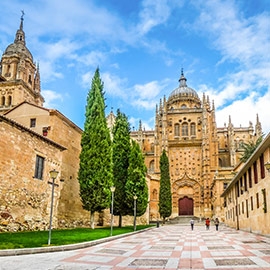
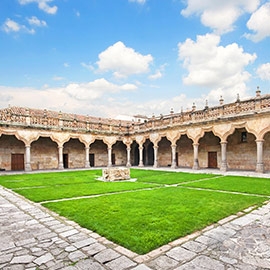
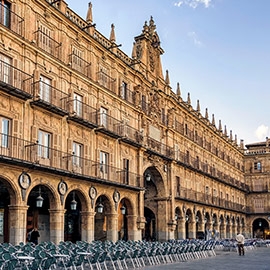
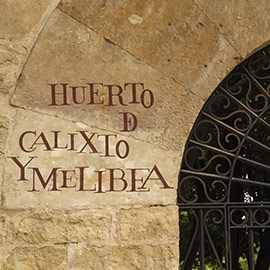
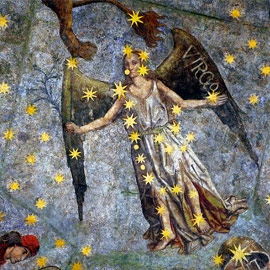









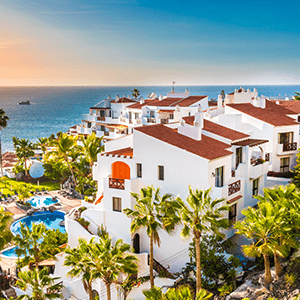 in Spain
in Spain


